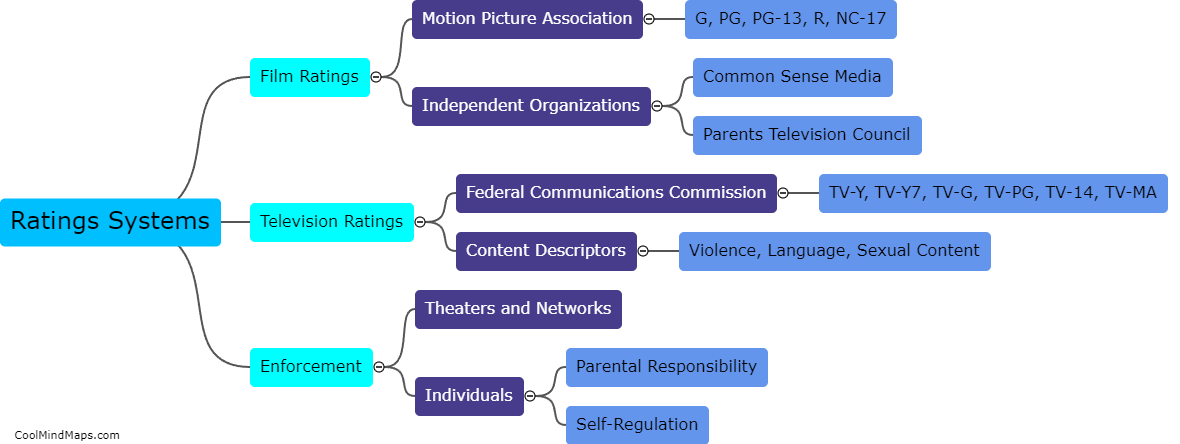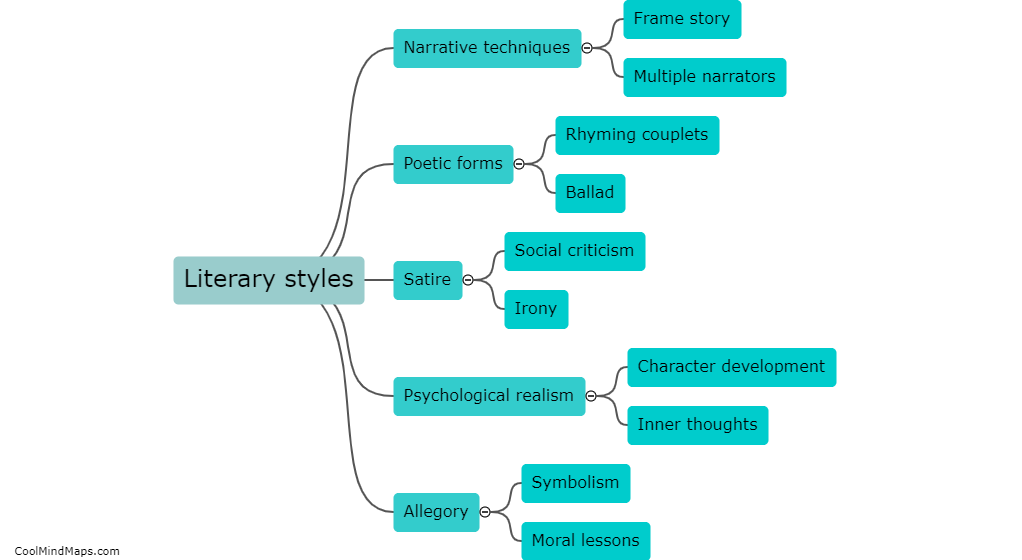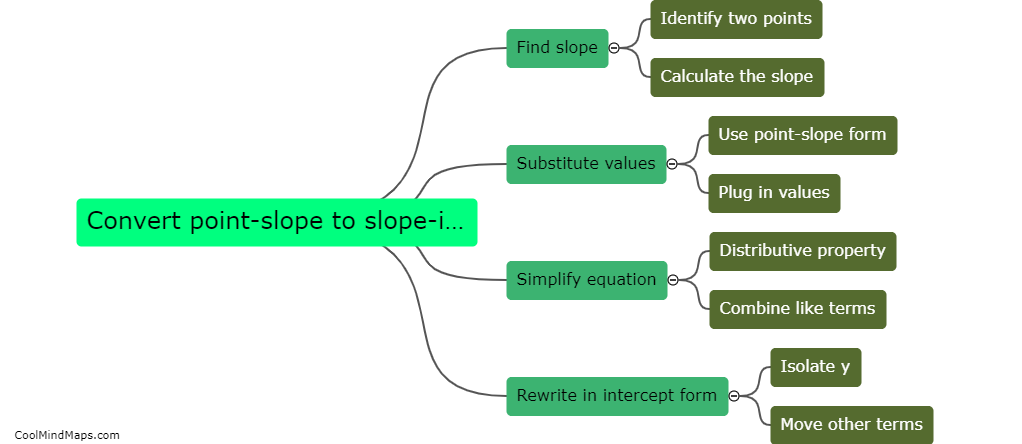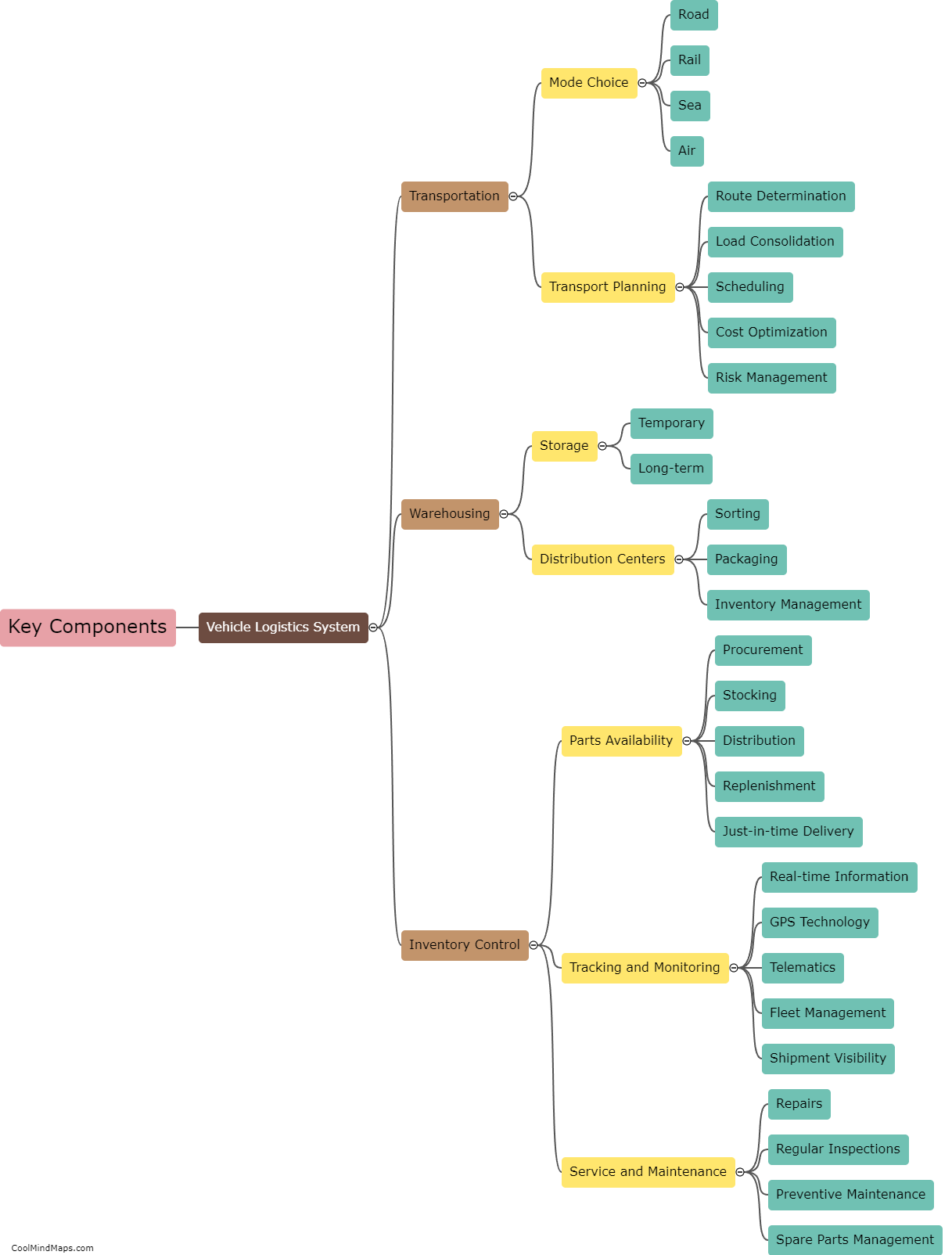What are the main steps of chlorophyll photosynthesis?
Chlorophyll photosynthesis is a vital biochemical process carried out by plants, algae, and some bacteria to convert sunlight into chemical energy. The main steps involved in this process are absorption of light energy, splitting of water, generation of ATP and NADPH, and the synthesis of carbohydrates. Firstly, chlorophyll pigments in the chloroplasts of plant cells absorb light energy from the sun. This absorbed energy is used to split water molecules into protons, electrons, and oxygen through a process called photolysis. The released electrons are then utilized to generate ATP and NADPH through electron transport chains. Finally, with the help of ATP and NADPH, carbon dioxide is fixed into organic molecules such as glucose through the Calvin cycle, resulting in the synthesis of carbohydrates. Overall, chlorophyll photosynthesis is a complex process that harnesses sunlight to produce energy-rich molecules essential for the survival and growth of plants.
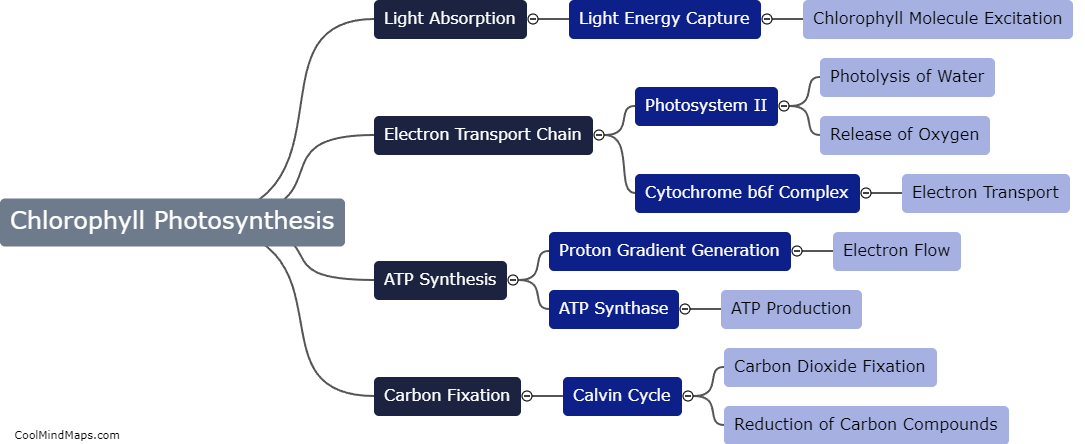
This mind map was published on 8 October 2023 and has been viewed 112 times.

